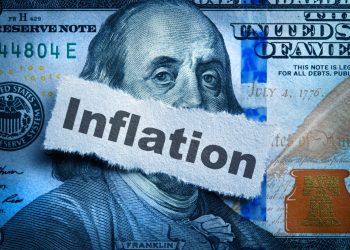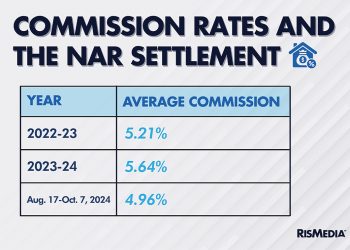On Thursday, Aug. 27, the Federal Reserve announced a major policy shift, stating it would be willing to allow inflation to run higher than typical if it supports the labor market and economy. According to the Fed, they will allow inflation to run “moderately” over their 2 percent goal “for some time” if inflation averages 2 percent over time.
This could mean less interest rate hikes if unemployment rates fall as long as inflation doesn’t increase as well. And while the Fed’s rate changes don’t have a direct correlation to mortgage interest rates, they do often influence them.
“The economy is always evolving, and the FOMC’s strategy for achieving its goals must adapt to meet the new challenges that arise,” said Federal Reserve Chair Jerome H. Powell. “Our revised statement reflects our appreciation for the benefits of a strong labor market, particularly for many in low- and moderate-income communities, and that a robust job market can be sustained without causing an unwelcome increase in inflation.”
According to Freddie Mac’s Primary Mortgage Market Survey®, as of Aug. 27, mortgage rates have fallen. The 30-year rate is currently 2.91 percent, while the 15-year is 2.46 percent.
The pandemic has put homeowners with mortgages at risk due to related job losses, furloughs and salary cuts. However, the Federal Housing Finance Agency (FHFA) recently announced it would be extending its pandemic-related programs through Sept. 30.
“MBA and its members appreciate FHFA and the GSEs extending these important features,” said Bob Broeksmit, president and CEO of the Mortgage Bankers Association (MBA). “Both the origination flexibilities and the program to purchase loans in forbearance are providing important stability to the mortgage market during the pandemic, and today’s announcement will enable lenders to continue to make low rate mortgage financing readily available to consumers and avoid the inevitable credit tightening that would have resulted from their expiration.”
These programs have helped ease the financial burden for many homeowners. According to the MBA’s latest Forbearance and Call Volume Survey, the total number of loans in forbearance decreased by 1 basis point from 7.21 percent of servicers’ portfolio volume to 7.20 percent for the week ending Aug. 16
“The share of loans in forbearance declined for the tenth week in a row, but the rate of improvement has slowed markedly. The extremely high rate of initial claims for unemployment insurance and high level of unemployment remain a concern, and are indications of the challenges many households are facing,” said Mike Fratantoni, MBA’s senior vice president and chief economist. “While new forbearance requests remain low, particularly for Fannie Mae and Freddie Mac loans, the pace of exits from forbearance has declined for two straight weeks.”
 Liz Dominguez is RISMedia’s senior online editor. Email her your real estate news ideas to ldominguez@rismedia.com.
Liz Dominguez is RISMedia’s senior online editor. Email her your real estate news ideas to ldominguez@rismedia.com.










